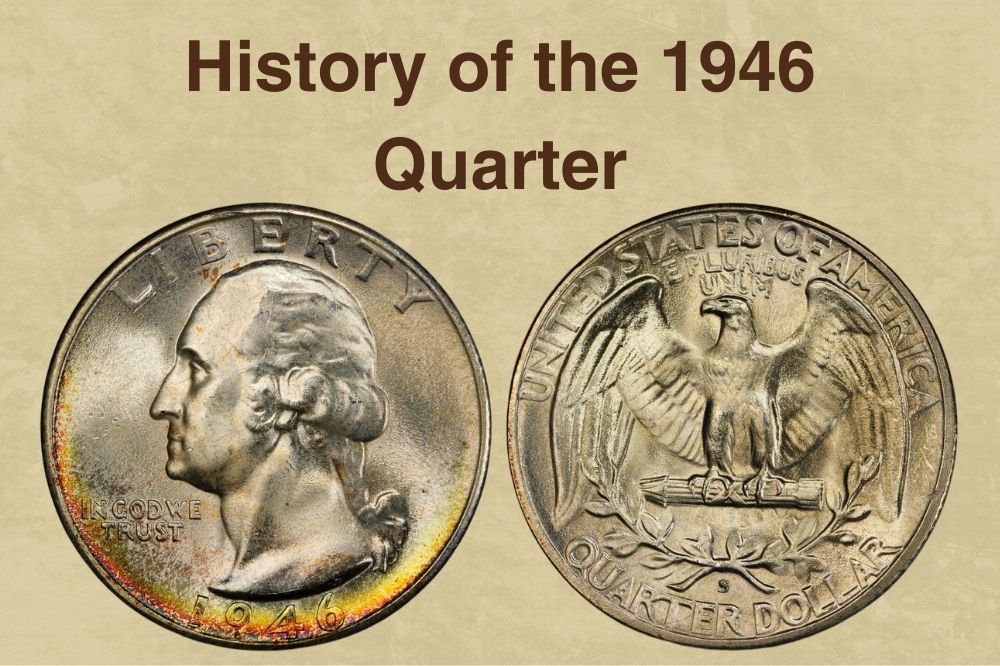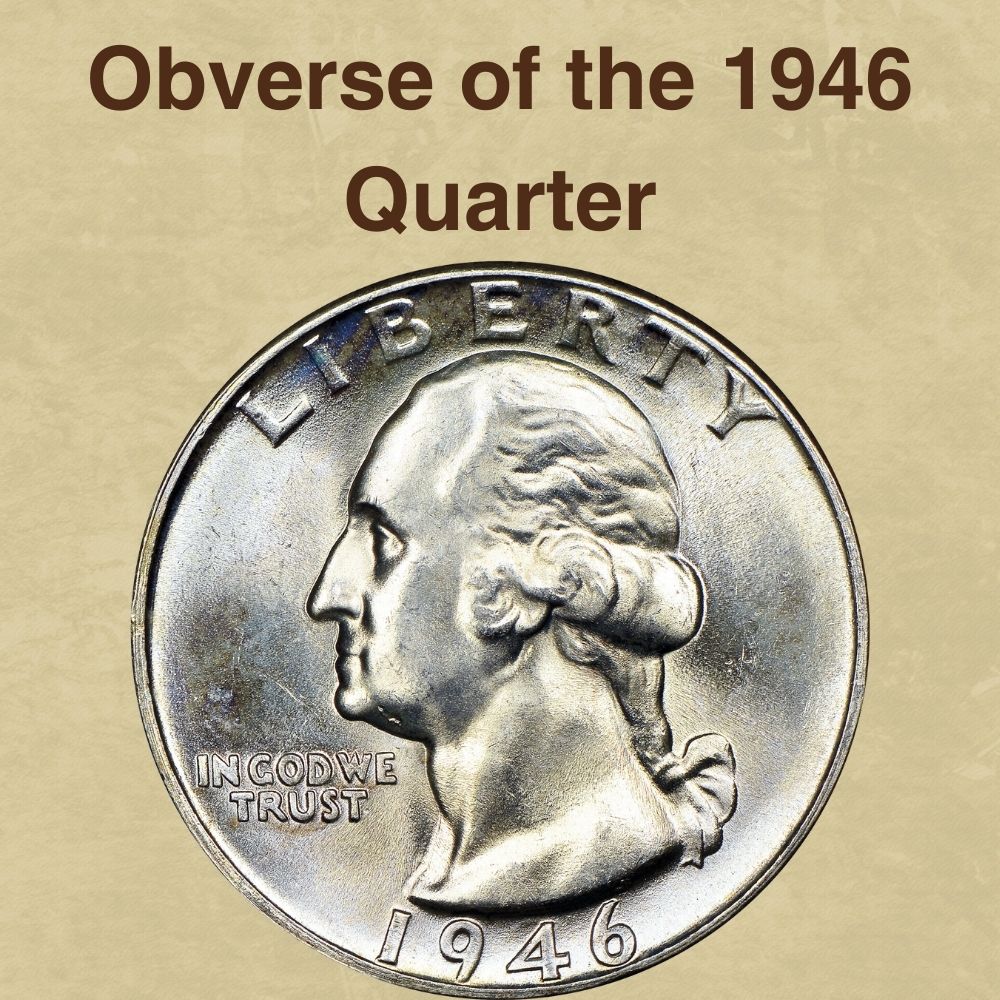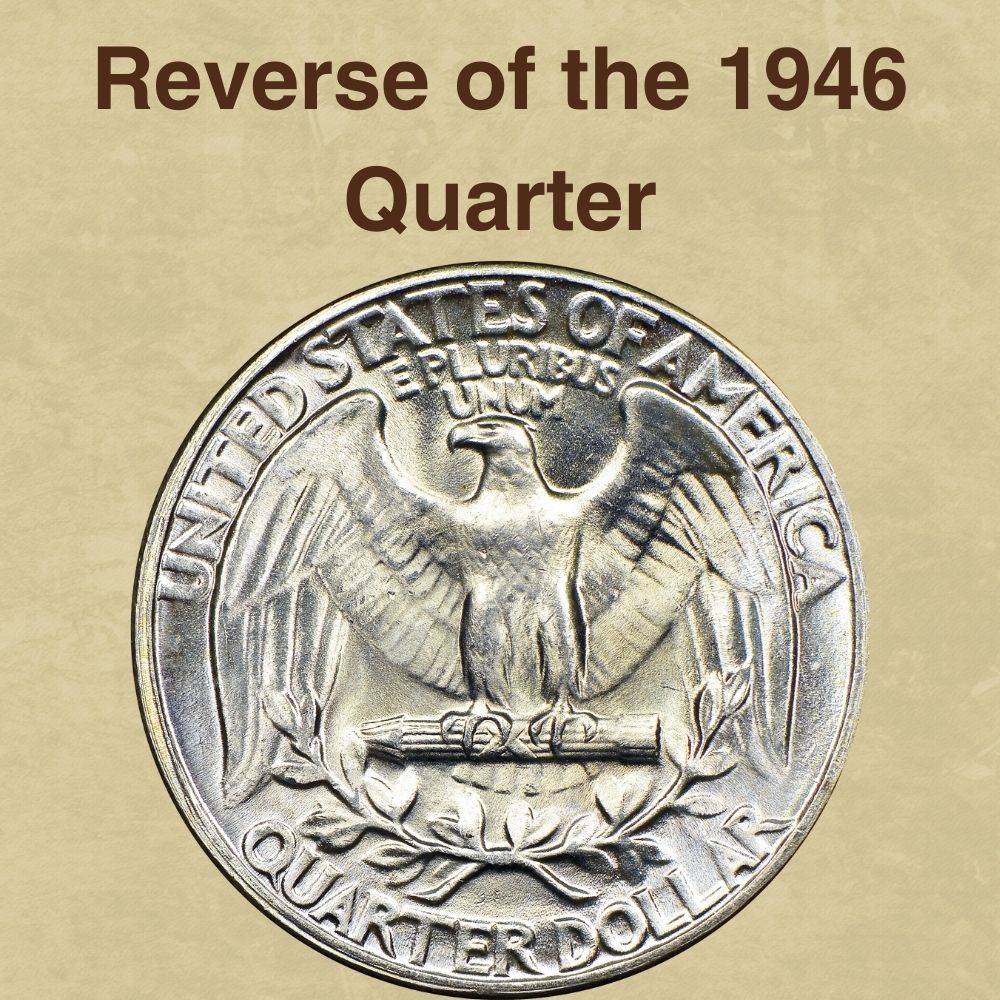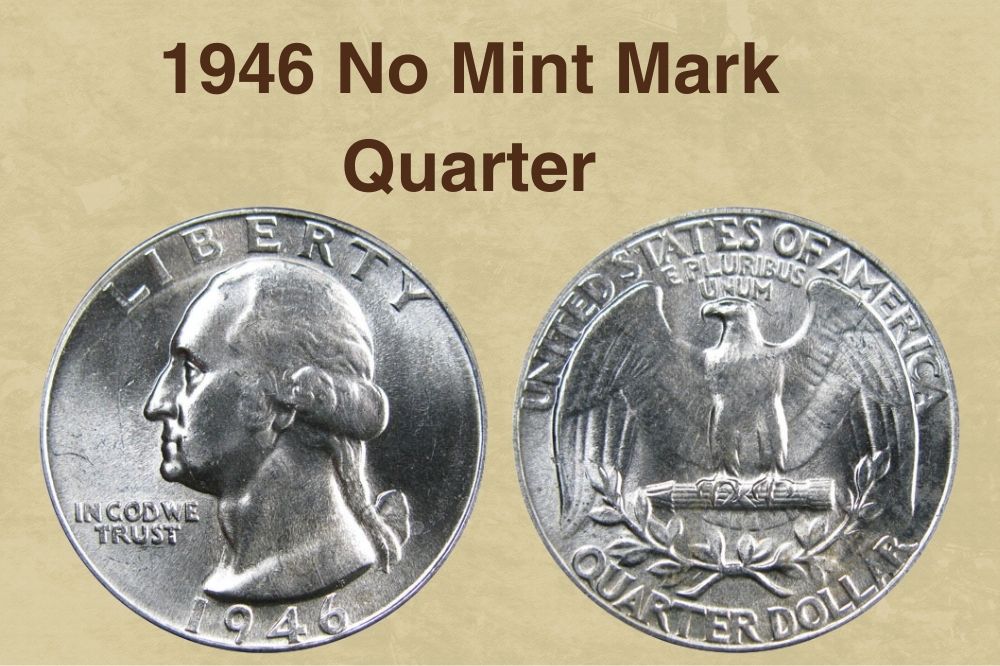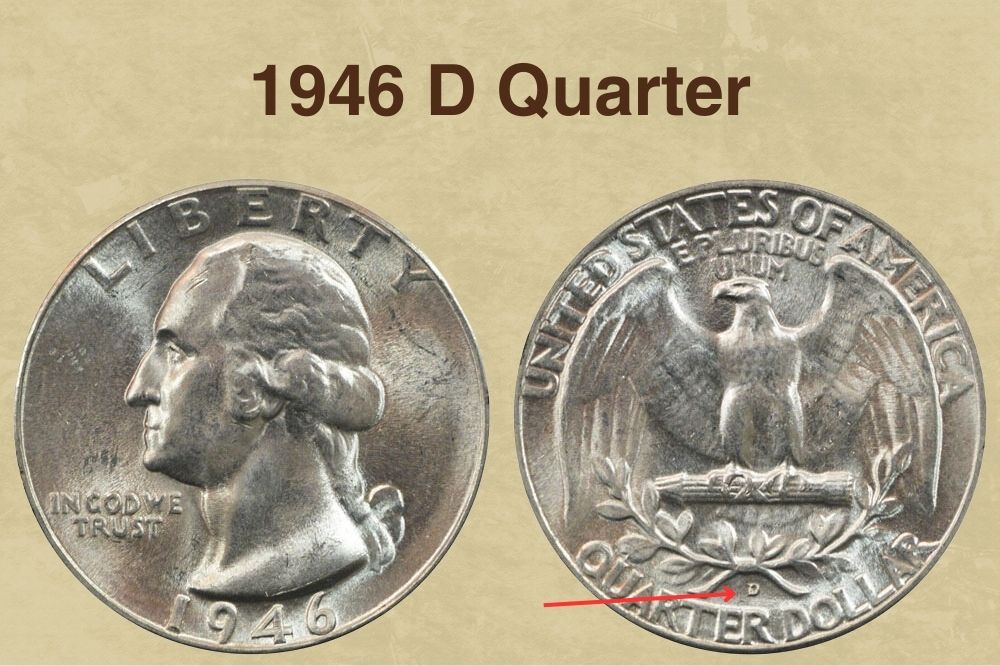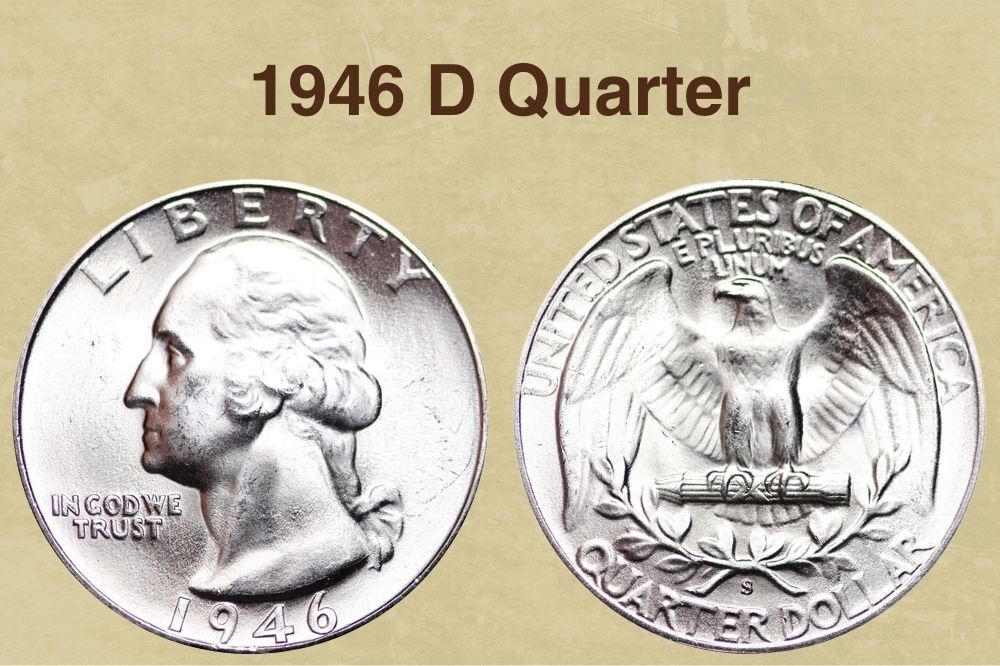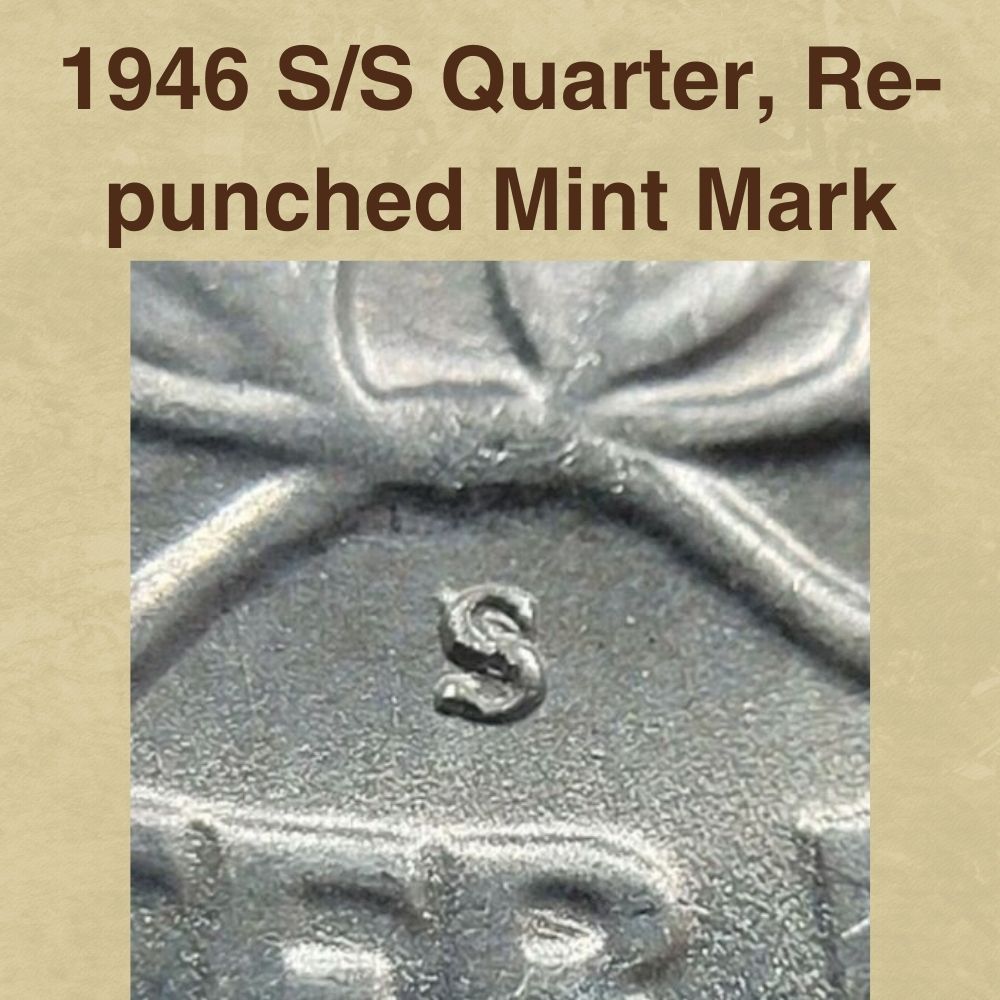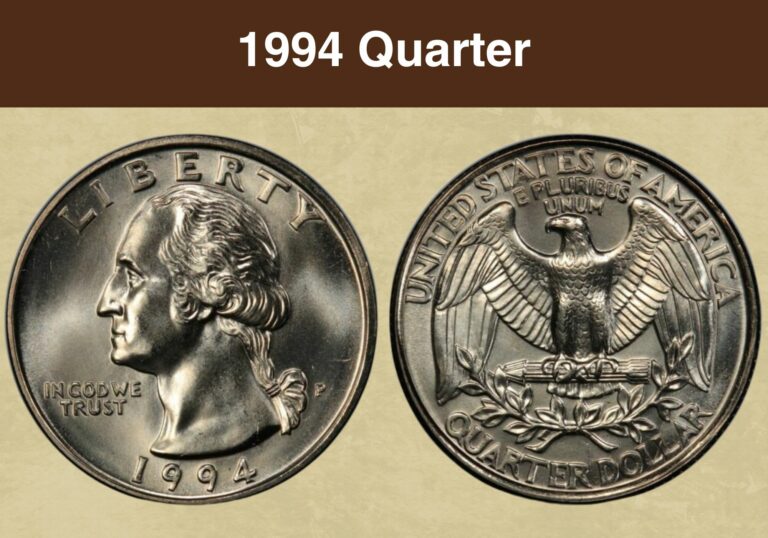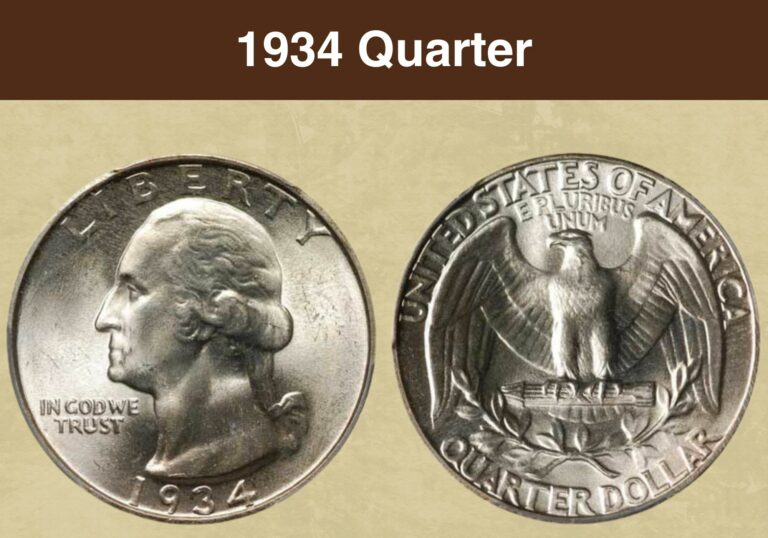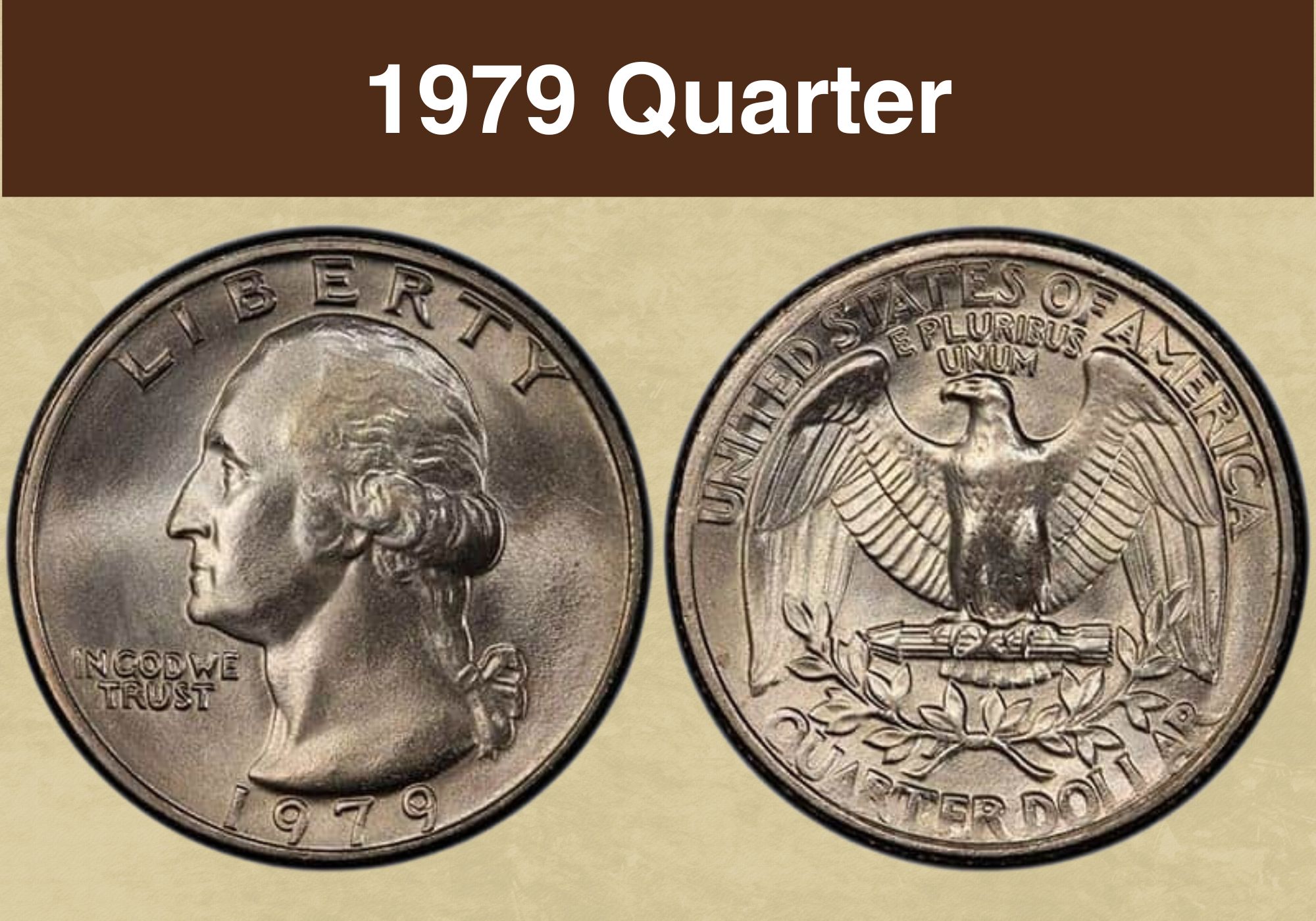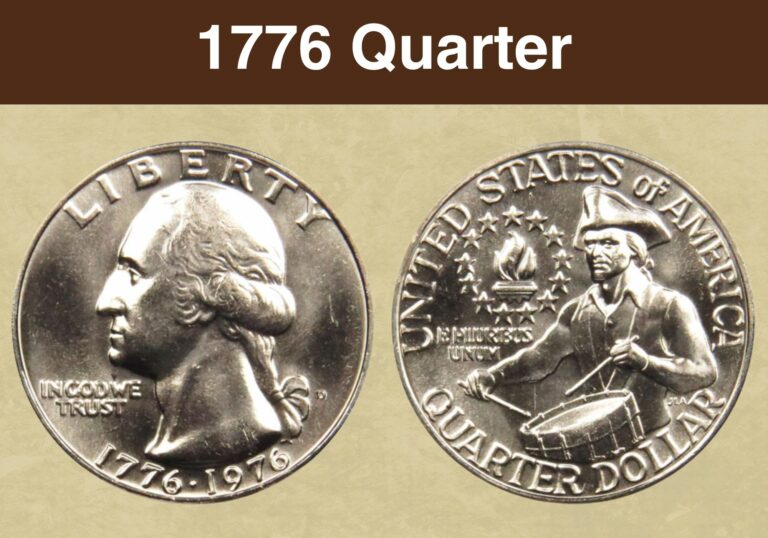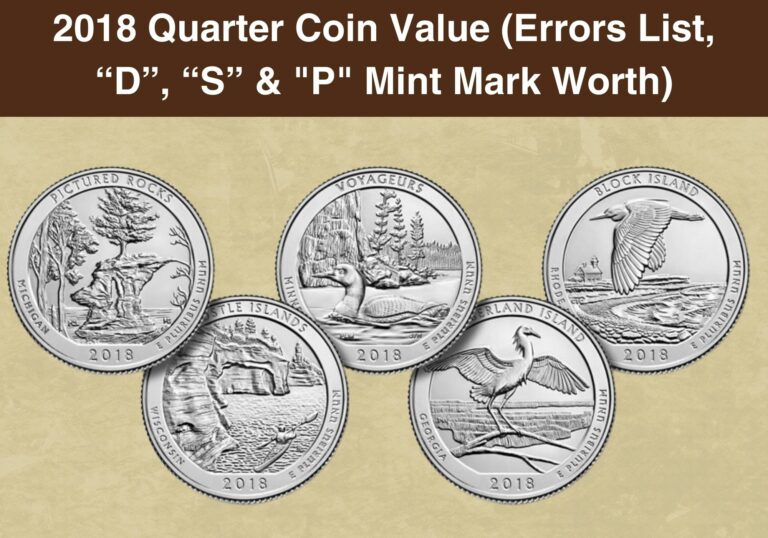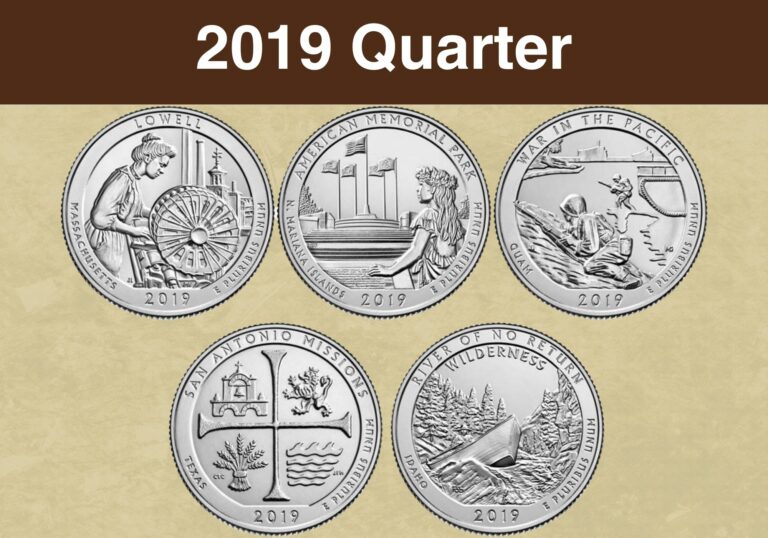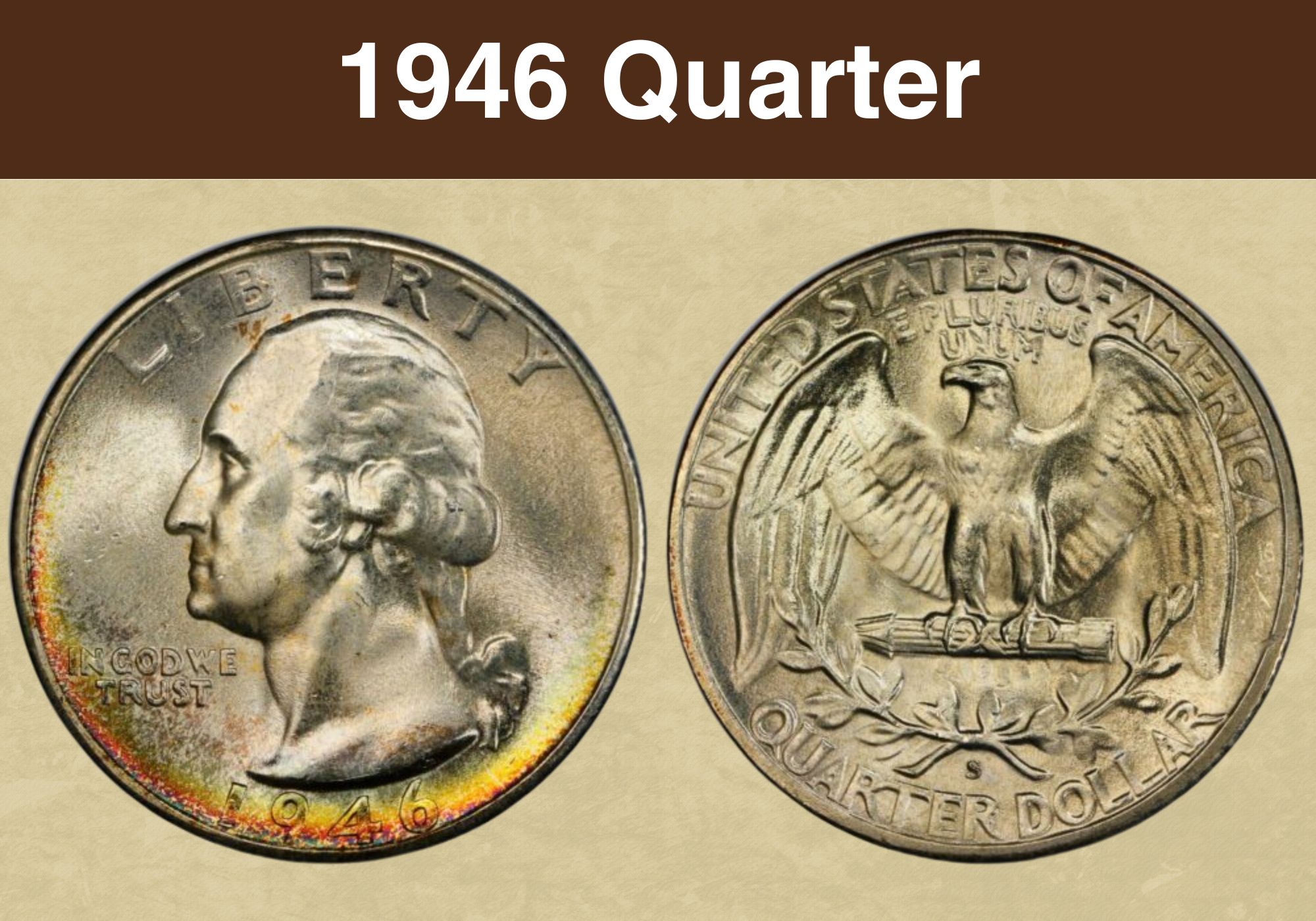
Coin Value Contents Table
Have you found a quarter dating from 1946? Wondering if it might be worth something? Then you’ve come to the right place!
We’ve got all the information you need on the 1946 quarter value. We’ll look at how mint mark and condition affect the price collectors are willing to pay. And we’ll check out some of the interesting error coins that are out there, and discover how much they’re worth.
We’ll also take a look at the design and history of this interesting coin.
Ready to get started? Then step this way!
1946 Quarter Value Chart |
||||
| Mint mark | XF45 | MS60 | MS65 | MS67 |
| 1946 No Mint Mark Quarter Value | $6 | $10 | $38 | $650 |
| 1946 D Quarter Value | $6 | $10 | $32 | $285 |
| 1946 S Quarter Value | $6 | $10 | $28 | $275 |
History of the 1946 Quarter
The Washington quarter takes its name from the first president of the USA, George Washington. His portrait appears on the obverse, otherwise known as the “heads” side of the coin. The first Washington quarters were produced in 1932, and they continue to be made to this day.
The series was originally conceived to mark the bicentenary of Washington’s birth. The coins were made of 90 per cent silver and 10 per cent copper, the same recipe that was used for the 1946 version. But by 1965, the rising price of silver was hitting production costs.
To add to the Treasury’s woes, the public was also hoarding quarters. It was hoped that the silver content might soon be worth more than the face value of the coins.
The Treasury responded by removing silver from both quarters and dimes. The new versions of both denominations had a copper core. And to retain the silver color, they were clad in an alloy of copper and silver.
The new quarters had the same dimensions as the pre-1965 versions. But the different recipe meant they were slightly lighter – 5.67 grams, compared to 6.3 grams for the silver versions.
The new coins were harder too. That meant that it was more difficult to get a successful strike. Minor changes were made to the design as a result – the areas of highest relief were lowered to ensure all the detail could be captured.
The design otherwise remained unchanged from 1932 through to 1998. The latter year saw a new reverse to celebrate the bicentenary of American independence. Since then, there have been several new series of Washington quarters, including the widely collected 50 States quarters.
1944 saw business strike quarters struck at the Mint facilities in Philadelphia, Denver and San Francisco. The latter two locations placed mint marks on their coins, while the Philadelphia quarters are unmarked.
Also read: Top 13 Most Valuable State Quarters Worth Money
Features of the 1946 Quarter
The Obverse of the 1946 Quarter
The portrait of George Washington which appears on the 1946 quarter was used from 1932 to 2022. It was the work of an artist called John Flanagan. But it wasn’t everyone’s first choice for the obverse.
The original plan to honor Washington on the nation’s coinage would have seen his image appear on the half dollar. The intention was that the coins would be minted for a single year, 1932, to mark the bicentenary of Washington’s birth.
A committee had been set up to oversee the celebrations. They had got so far as choosing a portrait of the former president for the obverse of the coin. Their preferred option was an image by Laura Gardin Fraser.
But the plan changed. It was decided that the Washington coin should be a permanent fixture. And instead of it being a half dollar, it would be a quarter.
As such the decision on the design passed from the Bicentennial Committee to the Treasury. And the Treasury Secretary, Andrew W. Mellon, preferred Flanagan’s portrait.
Mellon left his position before the coins were struck, and the Committee appealed to his successor Ogden L. Mills. But Mills refused to reopen the debate, and it was Flanagan’s portrait which won the day. Look closely at your 1946 quarter, and you’ll see the artist’s initials at the bottom.
Laura Gardin Fraser’s portrait did, however, eventually get its turn. It is being used on the American Women series of quarters, which was launched in 2022.
Above Washington’s portrait on the 1944 quarter is the word “Liberty”. The date is at the bottom, inscribed on a curve to follow the lower edge of the coin.
The familiar motto “IN GOD WE TRUST” appears to the left of the portrait, tucked just beneath Washington’s chin.
The Reverse of the 1946 Quarter
The design on the tails side of the 1946 quarter was also the work of John Flanagan. The dramatic image shows a heraldic eagle with outstretched wings. The bird is perched on a bundle of arrows, while below it is a garland of olive leaves symbolizing peace.
The country name is inscribed between the eagle’s wings and the edge of the coin. Above the head of the bird is the motto “E PLURIBUS UNUM”. The words are Latin, and they mean “From the many, one”. It’s a reference to the country’s creation as a union of states.
The denomination appears at the bottom of the coin, curving parallel to the lower coin edge. It’s written in full as “ONE DOLLAR”.
In later years, the mint marks on Denver and San Francisco quarters would appear on the obverse. But in 1946, they appear on the reverse. Look for a small “D” or “S” just below the center of the olive leaf garland.
Other Features of the 1946 Quarter
The 1946 quarter weighs 6.3 grams and measures 24.3 millimeters across. It’s made mostly of silver, distinguishing it from the clad quarters that were produced from 1965 onwards.
Turn it on its side, and you’ll see a series of grooves running at right angles to the coin faces. These are known as reeds, and they’re formed by the collar which holds the planchet in place as it’s struck.
The reeded edge was first introduced in the eighteenth century as a means to guard against fraud. The pattern meant that it was possible to see immediately if any of the precious metal had been clipped from the edge.
The 1946 quarter benefits from a clearer typeface and larger date than the original Washington quarters. The dies were refined in 1944 to create a sharper finish.
Also read: Top 16 Most Valuable Modern Quarters Worth Money
1946 Quarter Grading Guides
| # | Grade |
|---|---|
| 1 | Basal State-1 |
| 2 | Fair |
| 3 | Very Fair |
| 4, 5, 6 | Good |
| 7, 8, 10 | Very Good |
| 12, 15 | Fine |
| 20, 30 | Very Fine |
| 40 | Extremely Fine |
| 50 | About Uncirculated |
| 60 | Mint State |
| 65 | Mint State |
| 70 | Mint State |
Please check our grading guides to know your coin scale, It’s the necessary step to know the exact value of your coin.
Check out now: How to Grade Washington Quarter?
1946 Quarter Value Guides
1946 No Mint Mark Quarter Value
If there isn’t a mint mark on your 1946 quarter, it will have been struck in Philadelphia. It was the most prolific by far of the three locations that produced quarters that year. Over 53 million quarters came out of the coin presses there.
Today, the independent coin graders, the PCGS, estimate that around one in ten of those survive at all grades. But the numbers of mint state survivors – those graded 60 and above on the coin grading scale – is much lower. And gems graded MS65 and above are rarer still.
A 1946 no mint mark quarter in decent circulated condition can be purchased fairly cheaply. Around $6 will buy an example graded XF45 (the letters stand for “extremely fine”).
If you’re looking for an uncirculated coin, values start at around $10 for a quarter graded MS60. That rises to $38 for a gem MS65. And values hit three figures at MS66+ ($100).
From there, availability drops sharply, and prices rise accordingly. A 1946 (P) quarter graded MS67 is valued by the PCGS at $650, while an extra half point on the grading scale sees that rise to $2,550.
But prices vary significantly depending on the timing of sales and the eye appeal of individual coins.
One example, graded MS67 with attractive lilac and rose toning, sold at auction in 2003 for a record-breaking $8,050.
At the time, that was the highest grade certified by the PCGS, with none finer. But at the time of writing, no fewer than 61 quarters from this mintage have been certified at this level. And 25 more coins have been graded half a point higher.
1946 D Quarter Value
The Denver facility struck far fewer quarters in 1946 than Philadelphia, with a total mintage of just over 9 million. At most grades, however, it’s easy to find survivors. And as a result, values are similar to both Philadelphia and San Francisco quarters from the same year.
A coin graded XF45 is valued by the PCGS at $6, rising to $10 at MS60 – both the same as their Philadelphia counterparts.
And the 1946 D is one of the easiest mintages of Washington quarters to find in gem condition. At MS65, the value is a modest $32. At MS67, it’s $285.
The PCGS has certified 14 coins at MS67+, and it values those at $3,200 each. A sole example has been graded MS68 by the PCGS, but the rival agency the NGC has graded two coins at this level. One of those sold at auction in February 2023 for $3,120.
1946 S Quarter Value
San Francisco struck the fewest 1946 quarters of any of the three Mint facilities. The total mintage was just 4,204,000 coins.
But by then, coin collecting was becoming a popular hobby. And the low mintage attracted the attention of collectors. As a result, large numbers of uncirculated coin rolls were safely stored away – and that makes gem examples surprisingly easy to find today.
As a result, values at most grades are the same or similar as for Philadelphia and Denver 1946 quarters. At XF45, a 1946 S quarter is worth around $6, rising to $10 at MS60, and $28 at MS65.
And it’s possible to get your hands on a very attractive coin without having to sell the family silver. An MS67 example is valued at a modest $275.
At MS67+, however, you’ll need to part with a shade under $950. And the six coins graded the best-in-class MS68 are each worth around $10,500.
Also read: 17 Most Valuable Quarter Errors Worth Money
Rare 1946 Quarter Errors List
1946 S/S Quarter, Re-punched Mint Mark
The San Francisco quarters were stamped with a mint mark, a small “S” beneath the oak leaf garland. But some of those coins had not one but two mint marks.
You’ll probably need a microscope or loupe to spot them. Look closely, and you can spot the faint outline of the first “S” just above the second.
The value of one of these error coins will depend on its condition. A coin graded 4 is worth around $12, and that value holds steady all the way to MS60. It climbs slightly to $15 at MS61, and to $18 at MS62.
A gem quality MS65 S/S quarter with this error is valued by the PCGS at $65. And the cream of the crop, a sole coin graded MS67+, is worth $2,300.
1946 D/D Quarter, Re-punched Mintmark
It wasn’t only the San Francisco Mint facility that somehow stamped some of its 1946 quarters with two mint marks. The same type of error also appears on some of the Denver coins from the same year.
As with the San Francisco examples, condition influences value at the highest grades. Values for coins in the poorest condition start at $9, but stay fairly flat through the circulated grades.
An uncirculated MS60 example is worth around $20. But gems are much rarer, starting at $650 for a coin graded MS65. And the finest example to have been certified by the PCGS is a single coin graded MS66 and valued at $900.
This YouTube video from Treasure Town looks at the different errors amongst 1946 quarters from all three Mint facilities.
Where to Sell Your 1946 Quarter ?
Now that you know the value of your coins, do you know where to sell those coins online easily? Don’t worry, I’ve compiled a list of these sites, including their introduction, pros, and cons.
Check out now: Best Places To Sell Coins Online (Pros & Cons)
FAQs
How much silver is in a 1946 quarter?
Like all Washington quarters struck from 1932 to 1964, the 1946 quarter is 90 percent silver. The remainder of the coin is made of copper.
Each coin weighs 6.3 grams in total, giving a silver weight of 5.67 grams per coin.
What year is a rare quarter?
Two of the rarest Washington quarters are the 1932 D and 1932 S. Their original mintages were 436,800 and 408,000 respectively. And today, it’s estimated that just one in ten of those coins survive.

